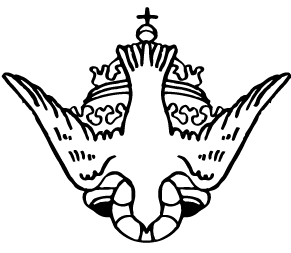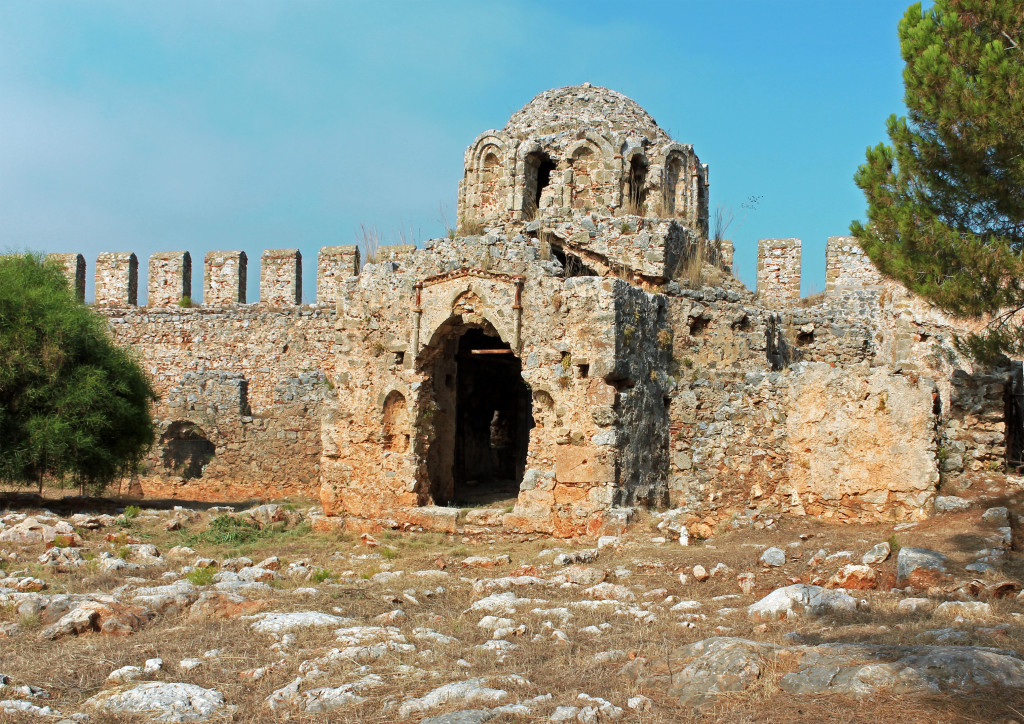Dr Derya Little is a Turk and an American Citizen. Raised in Islam she embraced atheism as an adolescent but was converted to Christianity by an evangelical from the US while a student in Ankara. Later she came to see that the Gospel could only be defended from the standpoint of Catholicism and was received into the Catholic Church during her doctoral studies at the University of Durham. She is married with several children and now resides in the United States. She recounts her story in her recent book From Islam to Christ: One Woman’s Path through the Riddles of God (published by Ignatius Press).
The superhero of my childhood did not wear a cape or bounce from building to building. Instead he wielded a long sword, hit the bullseye each time with an arrow, and was a mighty horse master. The villains of these movies were not laughable fictional characters like the Joker or Hydra, but real evil men who lived centuries ago: murderous Byzantine kings or ruthless Christian soldiers. We were told that these infidels were always pining for our hard-earned lands, and were ready to pounce at the first sight of weakness. Their corrupted religion and decadent ways were nothing but cautionary tales.
Just like most of Islamic teaching, the secular education in Turkey whitewashes all the blood and the gore that comes with conquering lands. In the sterile pages of history textbooks from elementary school to university, the Turkish advance into the Christian lands is taught as the natural expansion of empire. Often, there is a lengthy account of how just and fair was Ottoman rule and how the majority of conquered peoples would prefer to live under the Sultan’s rule and pay the jizya, rather than remain the subjects of the Christian king.
The denial has to be constant and active, because even today wherever one travels in Turkey there are remnants of a life lost. The first time I travelled to Cappadocia, near ancient Galatia, I was surprised to see all the ancient carvings of Christian symbols and icons. These church walls belonged to a time when Turks were still shamans. Often, there was hateful graffiti sprayed or scratched over the paintings, by the youth who had swallowed the Muslim and nationalist indoctrination about how Christians subverted the religion Allah sent to Prophet Jesus.
However, a few of us, under an icon in the dark church, wondered, staring at the blessing hand of Christ, why there were no longer any of these so-called deviants around to fill all the churches. Then a history teacher would fill us in about how Muslims brought cleanliness and civilization to these backward lands, and converted the all-too-willing Christians to the one true faith of Allah. We would nod in agreement, and forget the questions that nudged us some minutes prior.
The Christian heritage in Asia Minor is inescapable. Traces of icons, churches, images of the Blessed Virgin are everywhere. But with careful attention given to making sure that all Muslim students develop a certain revulsion towards all things Christian, an entire population can easily ignore these whispers from the former owners. After all, Muslim Turks are infinitely superior to the blasphemous Christians who dare to claim Jesus was God. That revulsion often turns into iconoclastic violence. Christ’s image is scored or painted over, and swearwords graffitied in buildings where mass was offered millennia ago.
One does not even need to mention the fate of the Hagia Sophia, where the residents of Constantinople hid during earthquakes, thinking that angels held up its massive dome in the absence of columns. It was customary to turn the biggest church into a mosque when a Christian city was subdued. If anything, Mehmed the Conqueror was true to his word when he fixed up the cathedral and converted it into a mosque, where he attended the first Friday prayer.
In spite of five hundred years of denial the shadow of Byzantine religion and culture follows the visitor to Istanbul wherever he goes. The Christians are gone, either killed, converted or forced to flee, but the spectre of their former empire finds the new masters in unexpected places.
I was almost twenty years old when I met a Christian who practiced her faith. Up until then, both my secular and religious education had taught me that Christianity was a Western invention, foreign to our culture, to our lands. When I told her this, the poor American woman had a confused look on her face, no doubt wondering whether I was joking or serious. She opened her Bible and showed me the map in the back. It was a map of Turkey. I thought, probably they always include a map of the country where the Bible was published. It would be a map of China, if we were in China. It is laughable, of course, but that was the extent of the indoctrination I had received despite my atheism. It was simply unbelievable that the God of the Christians had lived so close to my home, and St. Paul had travelled along the trails not far from the mountains of my childhood to bring the Gospel to the gentiles.
Most Turks, of course, go about their lives without giving a second thought to the people who used to live in the lands they now occupy. The history they hear glorifies the conquests and erases any wrongdoings for years until the fictional bad guys of movies become the reality. The Byzantine Christian becomes something to be feared and abhorred.
There is an annual pilgrimage at the Byzantine Catholic convent near my house. A few years ago, my Muslim father joined us for the yearly festivities of mass, confession and halushka. Surrounded with icons that he was taught to detest, and vestments that he was taught to fear, he did not speak or eat all day. For the infidel’s food is not halal, even without meat. As the family went about joining in the rituals, no doubt he felt betrayed and alone. The wall that was built by Islam and Turkish nationalism had done its job.
That continuous work of denial and revision creates a society that never sees beauty in Christian art, never accepts that Ottomans might have wronged anyone and still suspects all who bear the sign of the cross. The lands that St. Paul scaled with his preaching, where St John cared for the Mother of God, and which St Helena crossed to retrieve the Cross have now become one of the hardest soils for the Gospel.
There is hope, however, and Our Lord reaches the hardened hearts of Turks despite the near-death of the missionary spirit. There are more Turkish Christians now than ever before, and as Islam tightens its noose, in this age of free and accessible information, Christ’s light becomes brighter.
Meanwhile, let us raise heaven with prayers for the conversion of Turks, and bountiful missionaries to gather the harvest.
 INSTITVTE
INSTITVTE
